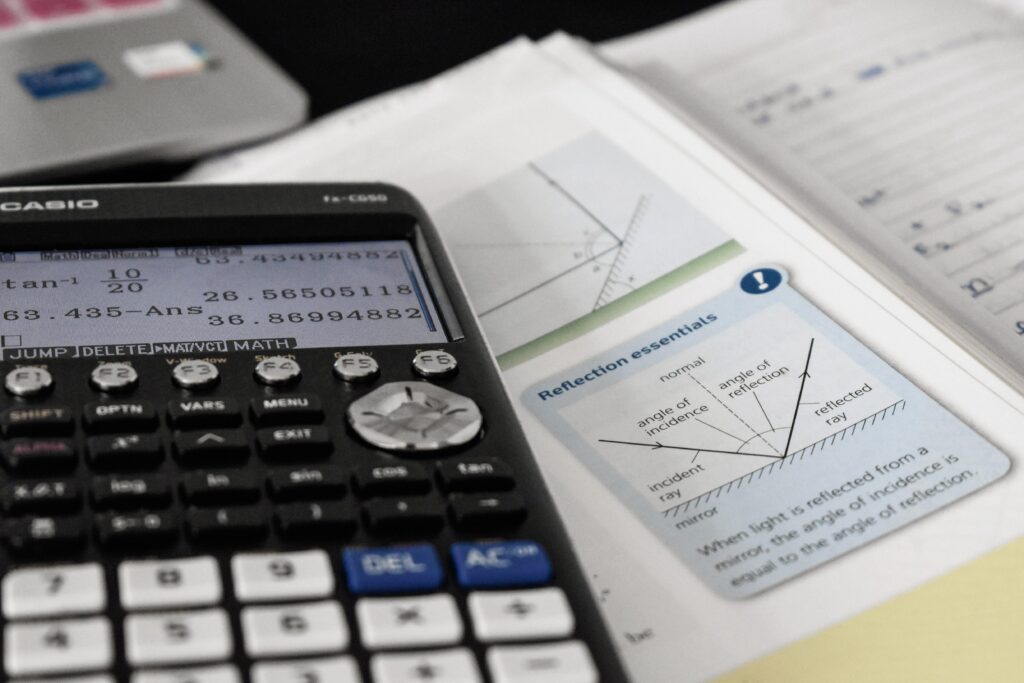The study of statistics comes under the broader science of mathematics. Statistics is the science of gathering and analyzing data to make predictions or to track progress. Data is one of the most powerful tools of any sector and this data is analyzed. After that, various companies and organizations make use of this data for many purposes. The data is usually in the form of numerical values in large quantities. To simplify the data and to be able to make use of it easily, the given data is analyzed based on various parameters, and the output is given as a straightforward numeral. Let’s learn about ‘Can Standard Deviation Be Negative?’.

Can Standard Deviation Be Negative?
Standard deviation is possibly one of the most significant data analyses in a set of raw data. It calculates the dispersion of all values in a distribution from the average of all the values given. The difference between the mean and the value is standard deviation, in layman’s terms. The standard deviation has formulae and can be calculated in several ways. Standard deviation is the variation from the mean. And this value can never be negative.
We will look more into this in this article.
What is the standard deviation?
Variation is the difference between each value from the mean value of the data set and the standard deviation is the measure of how far these dispersions occur. Standard deviation is the measure of the variation from the mean. Standard deviation is used often in advanced statistical problems.
Why can’t the standard deviation be negative?
The above formula is the formula for calculating standard deviation. The σ represents the population standard deviation.
N= Number of observations taken in the data set
Xi= Each of the individual observations taken
μ is the population mean of the data set
On the other hand, the sample standard deviation has a different formula:
s= sample standard deviation
n= number of observations
Xi= each of the individual value
x= mean of the sample data
As we can see, the standard deviation is the square root of another value. The one fact that most people know is that the square root of any number is never negative. The square root of any number cannot be negative. It is always positive. This is why the standard deviation can never be negative.
Positive Standard deviation examples
When you take a set of numbers as data and try to calculate the standard deviation for the set you have, you will be having just one number as the result. If you take numbers that are pretty close to each other, like 537, 534, 533, 535, and 540, your standard deviation will be relatively small. But if the numbers you have are 11, 65, 462, 292, and 52, the value of your standard deviation will increase. This is because, in the former case, the mean value is around 535.8. So the standard deviation for all the given values will be less than 5.
But in the second case, the mean of the values is 176.4. In this case, the difference between each value and the mean is definitely going to range on a wider scale. Both of these scenarios are possible and they are both positive standard deviation examples.
Zero standard deviation examples
In a set of given data, if all the values are the same, the standard deviation will be zero. Taking the example of a set of data consisting of 353,353,353,353,353, the mean of these values is 353. In this case, the individual data values do not have a difference from the mean value. Thus the standard deviation becomes zero.
Negative standard deviation examples
Logically speaking, the standard deviation value can never be negative. This is because you can never have a data set whose variance is less than zero. The variance cannot go to a lower point beyond zero. Standard deviation is the measure of the difference and the extent to which values differ. This means that with more diversity in the numbers, the standard deviation increases, and with numbers being less diverse, the standard deviation value drops. But you cannot have a data set that is any less diverse than the data set which has all the values to be the same. This means that the lowest standard deviation possible is zero.
A mathematical explanation why the standard deviation cannot be negative
As mentioned before, the root of any value is always positive (unless it falls in the realm of complex numbers). It is always taken to be the absolute value and not with the sign of it. Statistics is a science that majorly deals with whole numbers and integers only on the positive side of the number line. It is not possible to have a negative standard deviation.
Conclusion
The standard deviation does have a lot of applications in statistics and in real life as well. But when you get a negative value, you can be sure that you have gone wrong somewhere and you have to set it right. Statistics is used often in major data analytics and is considered a very important skill to have if you wish to be someone who wishes to deal with data daily. But standard deviation cannot be negative, no matter what.
Frequently Asked Questions
- What type of distribution has a negative standard deviation value?
Under no circumstance can the standard deviation value be negative. This applies to any and all types of deviations.
- What does it mean if the standard deviation value is negative?
It simply means that there has been an error in the solving and calculation of the problem at hand.